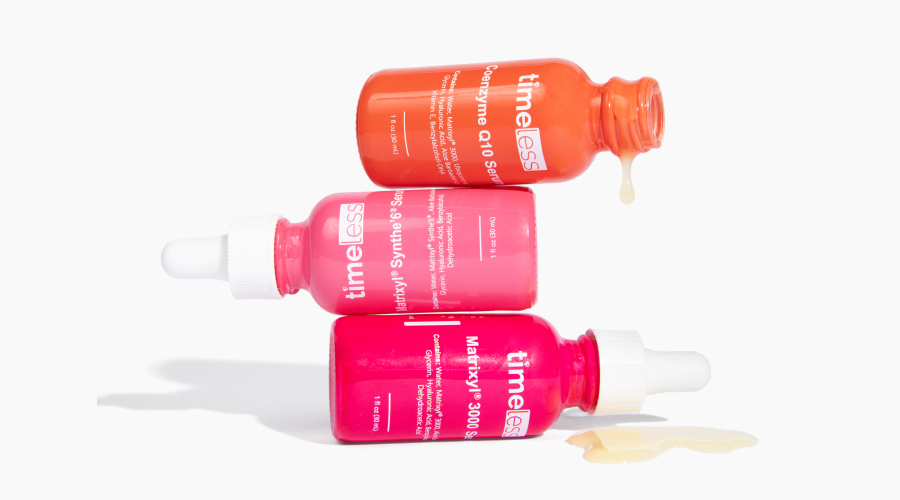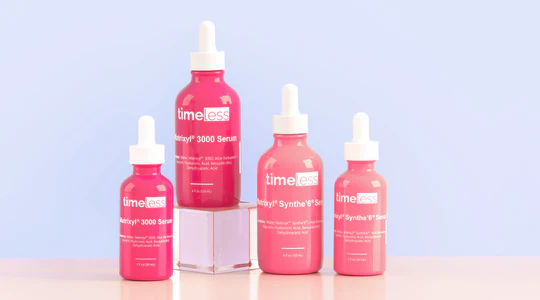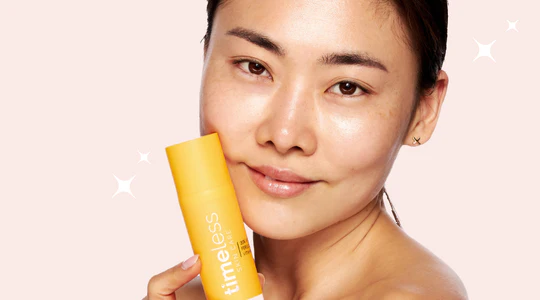Blue light can penetrate deeper into the skin compared to both UVA and UVB light, which means more damage to the collagen and elastin in the dermis, leading to wrinkles and loss of firmness.
Read Now
Dry desert-y climates, insidious air conditioning, excessive caffeine drinking, overzealous hot bathing…these can all cause dehydrated skin. These external factors can result in a lack of sufficient water content in your skin (aka your skin is thirsty!).
In support of Black History Month, we’ve turned to our resident Timeless Skin Care expert, Shelly Leggins to help demystify common concerns regarding skin care for dark complexions.
This year can have us feeling like romance shmomance. But whether we’re celebrating Valentine’s day alone or with a special someone, what better way to express love than creating a spa-like massage experience at-home?
One of the most common new year’s resolutions is to get more exercise. While this is known to be a healthy habit for most people, it’s not often you hear how exercising can have an effect on the skin and how increased sweat and oil production can contribute to breakouts. According to the American Academy of Dermatology, as many as 50 million Americans have some form of acne at any given time. And many, especially females due to hormones, increasingly struggle with either minor breakouts or acne well past puberty. But don’t worry, you can exercise and maintain clear skin with the right steps and products.
Just think, without all those typical distractions that potentially hijack our goals of looking and feeling our best (dining out, travelling, socializing into the wee hours) this could be the ultimate year of personal transformation.
So long 2020! You compelled us to take beauty matters into our own hands, quite literally, when it came to facials, hair coloring, styling, manicures… (you get the idea!), but with our newfound beauty expertise and confidence, we’re ready to tackle the worst effects of lockdown.
They say everything in nature is about balance, and that is no less true when it comes to our skin. Achieving the delicate ying and yang of beautiful skin may come down to maintaining the right pH balance. So, what is the magic pH level of healthy skin? On a scale of 0 to 14, the ideal state is slightly acidic, sitting around 5.











